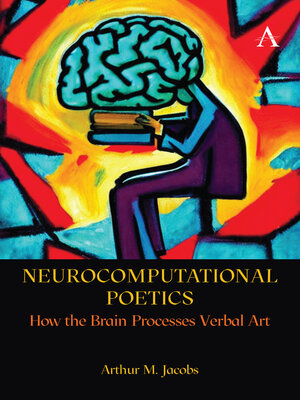Neurocognitive Poetics
ebook ∣ How Literature Affects Body and Mind · Anthem Studies in Bibliotherapy and Well-Being
By Arthur Jacobs

Sign up to save your library
With an OverDrive account, you can save your favorite libraries for at-a-glance information about availability. Find out more about OverDrive accounts.
Find this title in Libby, the library reading app by OverDrive.



Search for a digital library with this title
Title found at these libraries:
| Library Name | Distance |
|---|---|
| Loading... |
This book introduces a new thrilling field: Neurocomputational Poetics, the scientific 'marriage' between cognitive poetics, data science and neuroscience. Its goal is to uncover the secrets of verbal art reception and to explain how readers come to understand and like literary texts. For centuries, verbal art reception has been considered too subjective for quantitative scientific studies and till date many scholars in the humanities and neurosciences alike view literary reading as too complex for accurate computational prediction of the neuronal, experiential and behavioural aspects of reader responses to texts. This book sets out to change this view.







